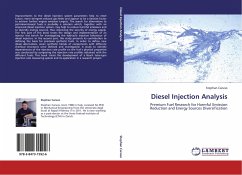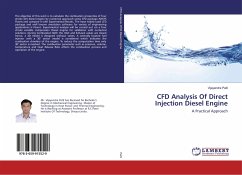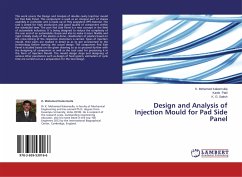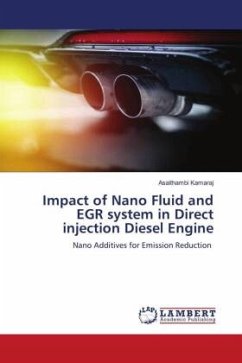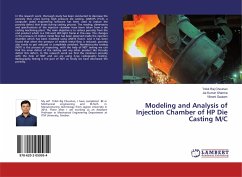Improvements to the diesel injection system parameters help to meet future, more stringent exhaust gas limits and appear to be a decisive factor to achieve further engine emission targets. The search for alternatives to petroleum-based fuels is probably a solution which, together with an improved diesel injection system, may help to reduce harmful emissions and to diversify energy sources, thus improving the security of energy supply. The first part of this book treats the design and implementation of an injector test bench for investigating the hydraulic injection behaviour of diesel injectors. In the second part, this study presents its contribution to defining the basis for premium synthetic fuels. In order to define new diesel alternatives, seven synthetic blends of components with different chemical structures were defined and investigated. A study to identify dependencies of the injection rate profile on the fuel s physical properties was conducted by comparing the injection rate profiles obtained with the different fuels. This book treats the development of a Bosch tube-type injection rate measuring system and its application in a research project.

